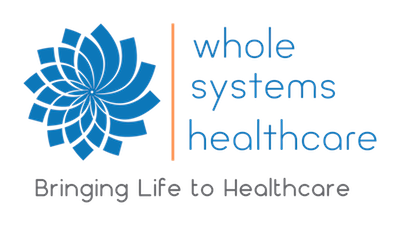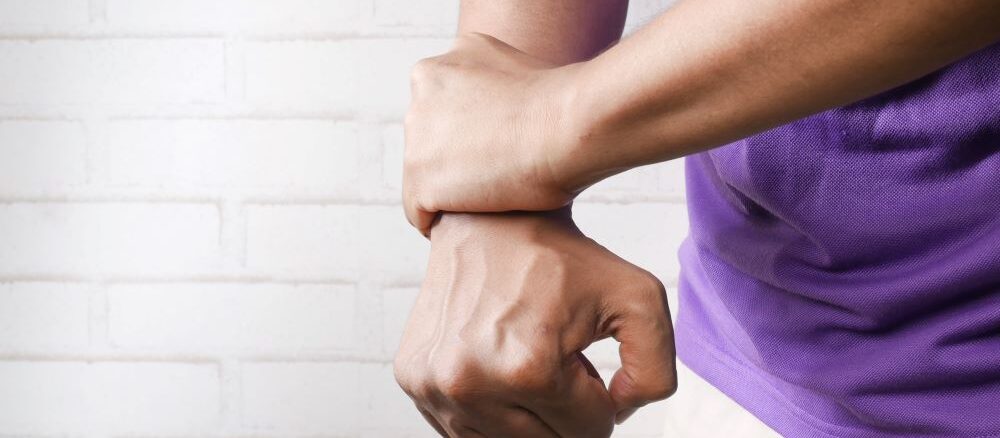This is the fifth article in an ongoing series on inflammation. Part 1 is a brief introduction to inflammation; part 2 is a first look at acute inflammation from a biomedical perspective; and part 3 is an exploration of acute inflammation from a Chinese Medicine perspective, examining the concept of Defensive Qi; part 4 is a brief look at the biomedical elements of chronic inflammation; this article will examine chronic inflammation from a Chinese Medicine viewpoint.
As part 3 explained, inflammation is associated with Heat, which comes from the yang energy of the body and is therefore one of the most basic aspects of life itself. The Heat that accumulates in a chronic inflammatory state can arise due to a number of reasons:
- Chronic infections
- Environmental or Dietary toxins
- Poor diet
- Medications
- Suppressed emotion or chronic stress
- Trauma
These are all similar to the triggers for chronic inflammation in a biomedical model, which absolutely makes sense. Heat can be added to the body system from the outside, or it can be generated internally.
Outside sources of Heat can be from the diet, from medications, or from toxins. Excessive fried, fatty, spicy, and greasy food will increase the amount of Heat in the system; many medications can create Heat in the body; and toxins coming from the large number of chemicals we are exposed to now often lead to increased Heat.
Internal sources of Heat come from suppressed emotion, stress, chronic infections, and trauma. The Heat generated by these internal sources comes as a result of stagnation, a common precursor to chronic Heat in the body.
When an emotion arises, when stress increases, when an infectious agent enters the body, or when a life-threatening event occurs, the bodymind activates energy to process these experiences. If this process is not allowed to complete, then stagnation is created. For example, if it is socially unacceptable to show anger, this emotion may be suppressed, not allowed to express itself. In the case of an infection, if the body was in a weakened state, it may not have had the energy to completely resolve the illness, and therefore the pathogen remains. If a person has a traumatic experience, and is not allowed to fully release the survival energies that are generated, this pattern of hyperarousal stays in the body and never relaxes.
As this energy stagnates, the body continues to try and create flow and movement, in order to push through the stagnation. The “pushing” calls upon the metabolic resources of the system, and thus generates excess Heat.
Though Heat can be an expression of vitality, in chronic inflammation the Heat that is generated isn’t being used for any productive purpose. It is excess, toxic, and must be eliminated, one way or another. The body may attempt to discharge this Heat, whether through the stool, the urine, through sweat, or other physical substances; if the Heat manifests emotionally there may be yelling or screaming. If the body cannot rid itself of the Heat, it will attempt to store it to keep it away from the vital organs. This always happens at the expense of various body resources.
The body uses its yin substances to keep this Heat stored away. This is analogous to the western concept of antioxidant activity; the yin is consumed in order to keep this Heat from overwhelming the system. As the body’s yin is depleted, this chronic Heat starts to have a greater and greater impact on the system, manifesting in the variety of chronic disease states mentioned in part 4 (hyperlink).
Thus chronic inflammatory conditions are almost always accompanied by a degree of yin deficiency. However, much of the time there is also a yang deficiency, as the yang of the body has been used up over time attempting to push through the original stagnation. This level of deficiency, coupled with the presence of toxic Heat, along with a variety of other factors, must be taken into account when approaching treatment. This will be the subject of the next and final part.



